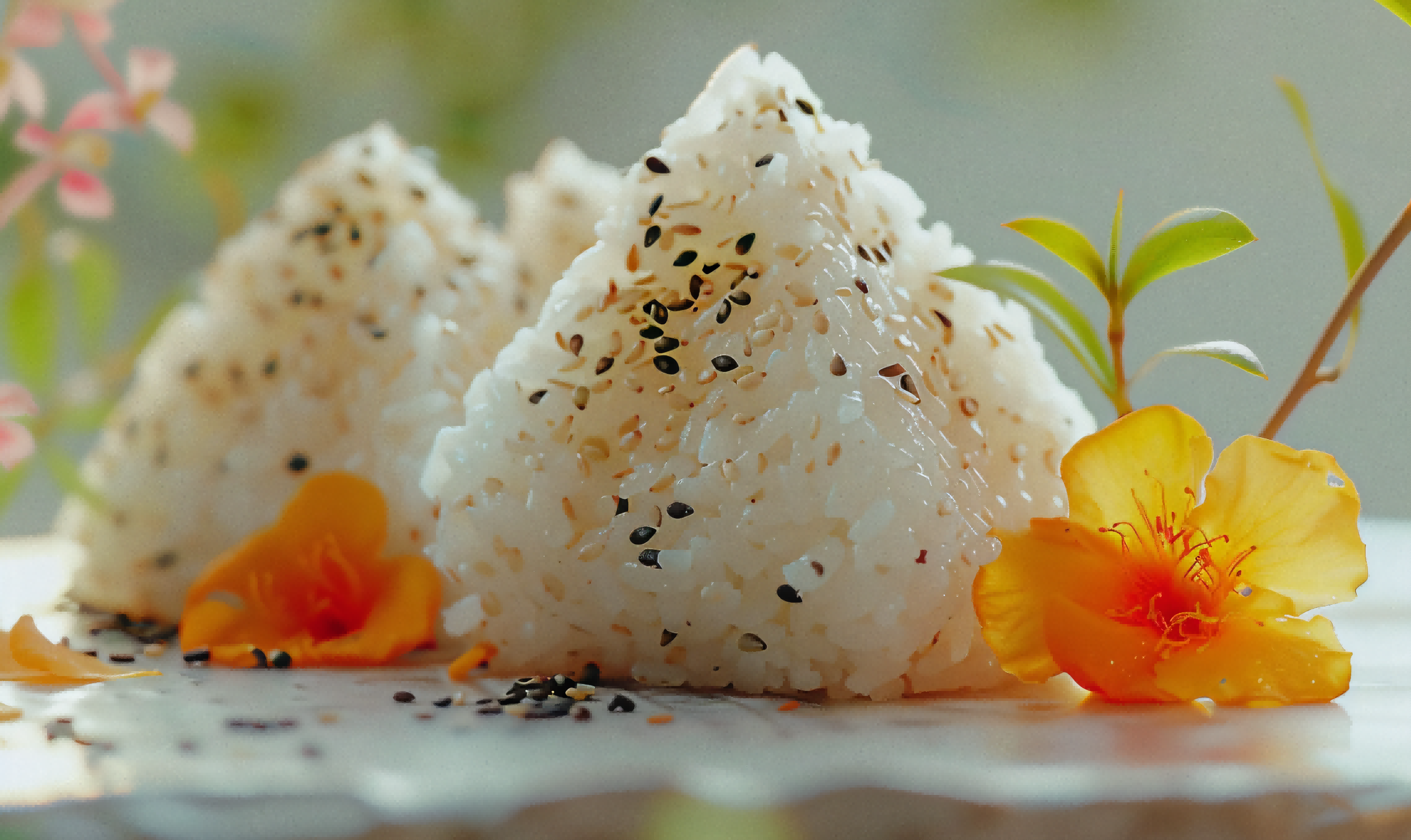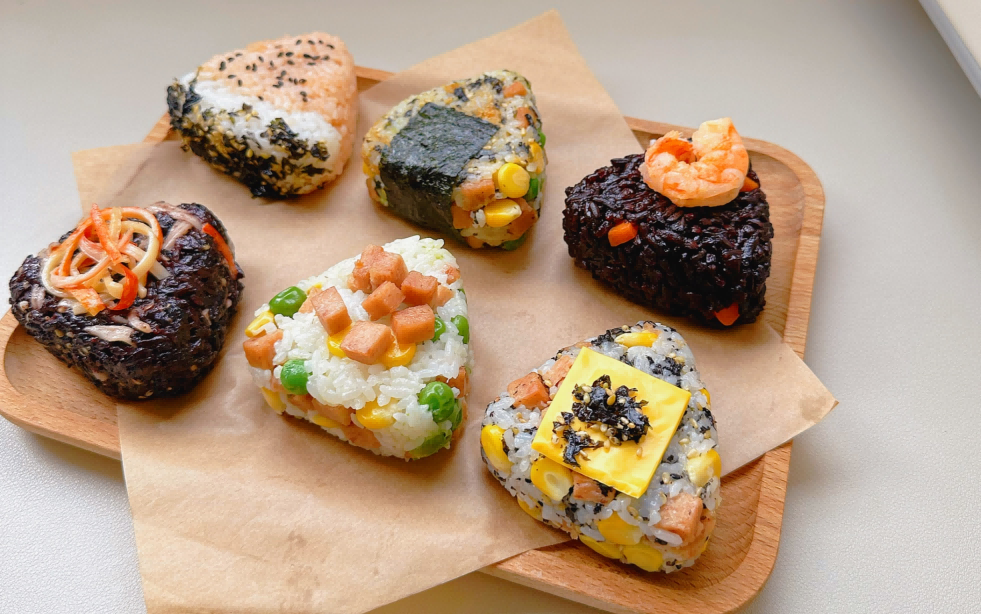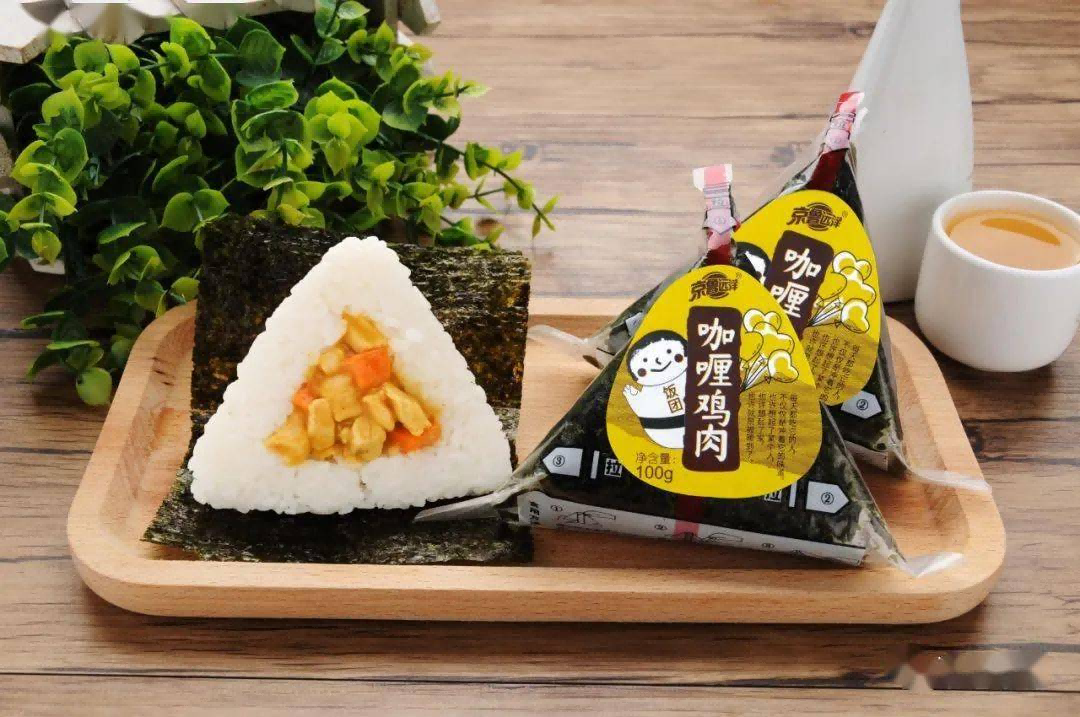The onigiri nori are closely related to its preparation method and cultural significance. These iconic Japanese snacks have a long history, with preparation methods and eating habits dating back to ancient times. During the Warring States Period in Japan, ancient Japanese soldiers used rice balls as dry food during marches and wars. Their delicious taste and portability make them timeless.
The main ingredients of onigiri nori include rice, salt, salmon, mentaiko and kelp. The preparation method is to spread the freshly cooked rice on the palm of your hand, gently roll it into a ball, make a depression in the middle, add the ingredients, cover the rice, and finally wrap the rice ball with seaweed. This process not only resulted in a convenient food product, but also had cultural significance.

The onigiri nori originates from Japanese Shinto beliefs, which believe that all things have spirits, especially the myth of nature and mountains. The Japanese seek the power of the gods by shaping rice balls into mountains or triangles. In addition, triangular rice balls are easier to make and eat than round rice balls, and are also more convenient to pack and carry. This uniquely shaped rice ball was recorded in the Hitachi Kokufudoki (Hitachi Kokufudoki), which records the customs and customs of various parts of Japan.
Nori, the seaweed used to wrap the rice balls, plays a vital role in enhancing the flavor and texture of the rice balls. It adds a subtle umami flavor and a satisfying crunch that enhances the overall eating experience. Seaweed is rich in nutrients such as vitamins, minerals and antioxidants, making it a healthy and delicious addition to onigiri nori.

In addition to its traditional form, rice balls have evolved to include a variety of fillings and flavors to suit different tastes and preferences. Ingredients for modern versions might include pickled plums, tuna, or even unconventional options like fried chicken or tempura. This adaptability gives onigiri its enduring appeal in Japan and internationally.
The cultural significance and enduring popularity of rice balls and nori have led to the emergence of a variety of related products. From high-quality nori sheets to prepackaged rice balls with a variety of fillings, lovers can explore a variety of options. Whether served as a convenient snack, part of a bento box, or an integral part of a traditional Japanese meal, onigiri and nori still hold a special place in Japanese cuisine and culture.
Beijing Shipuller provides customers with high-quality seaweed and related raw materials, such as wasabi, fish roe, roasted sesame seed, sushi vinegar...

In summary, the origins of onigiri nori are deeply rooted in Japanese history, culture, and culinary traditions. From their origins as practical, portable foods for ancient samurai, to their modern incarnations and widespread availability, onigiri and nori remain treasured symbols of Japanese cuisine. Whether savoring the classic combination of rice and seaweed or exploring innovative flavors, the enduring appeal of onigiri and nori continues to attract food lovers around the world.
Post time: Aug-03-2024